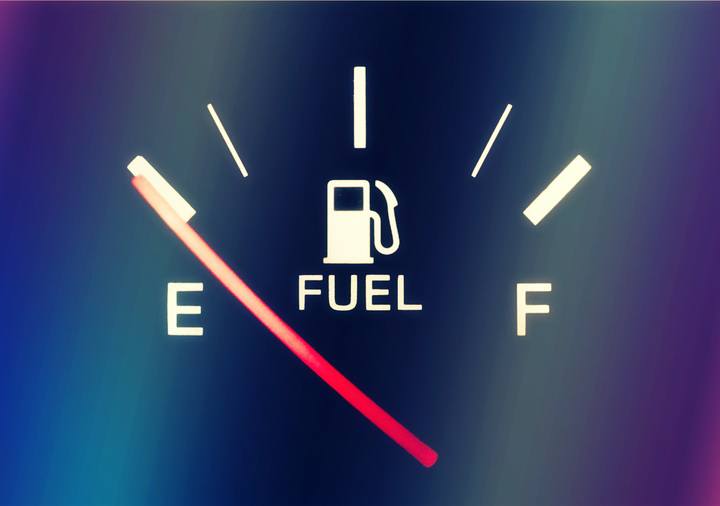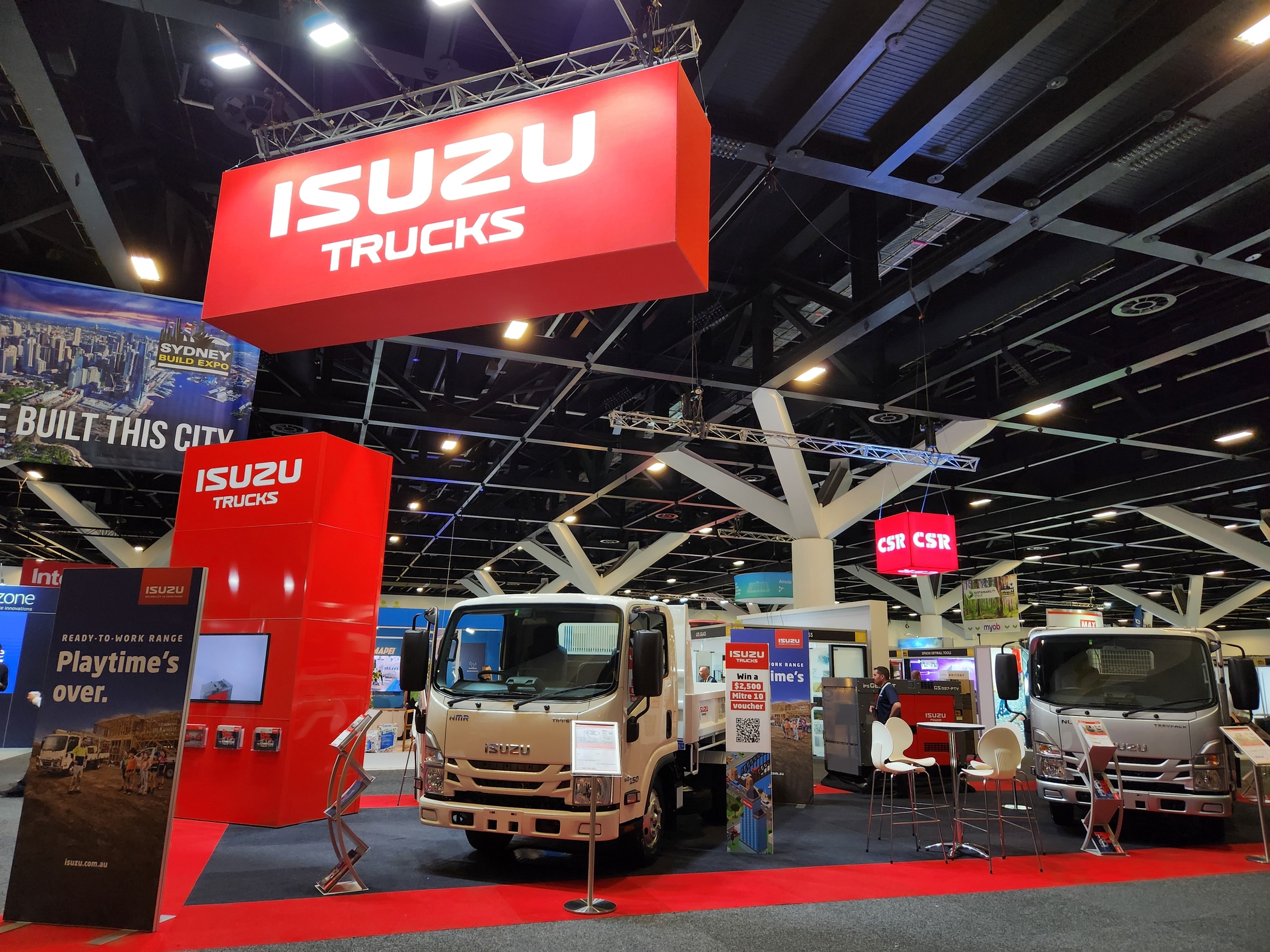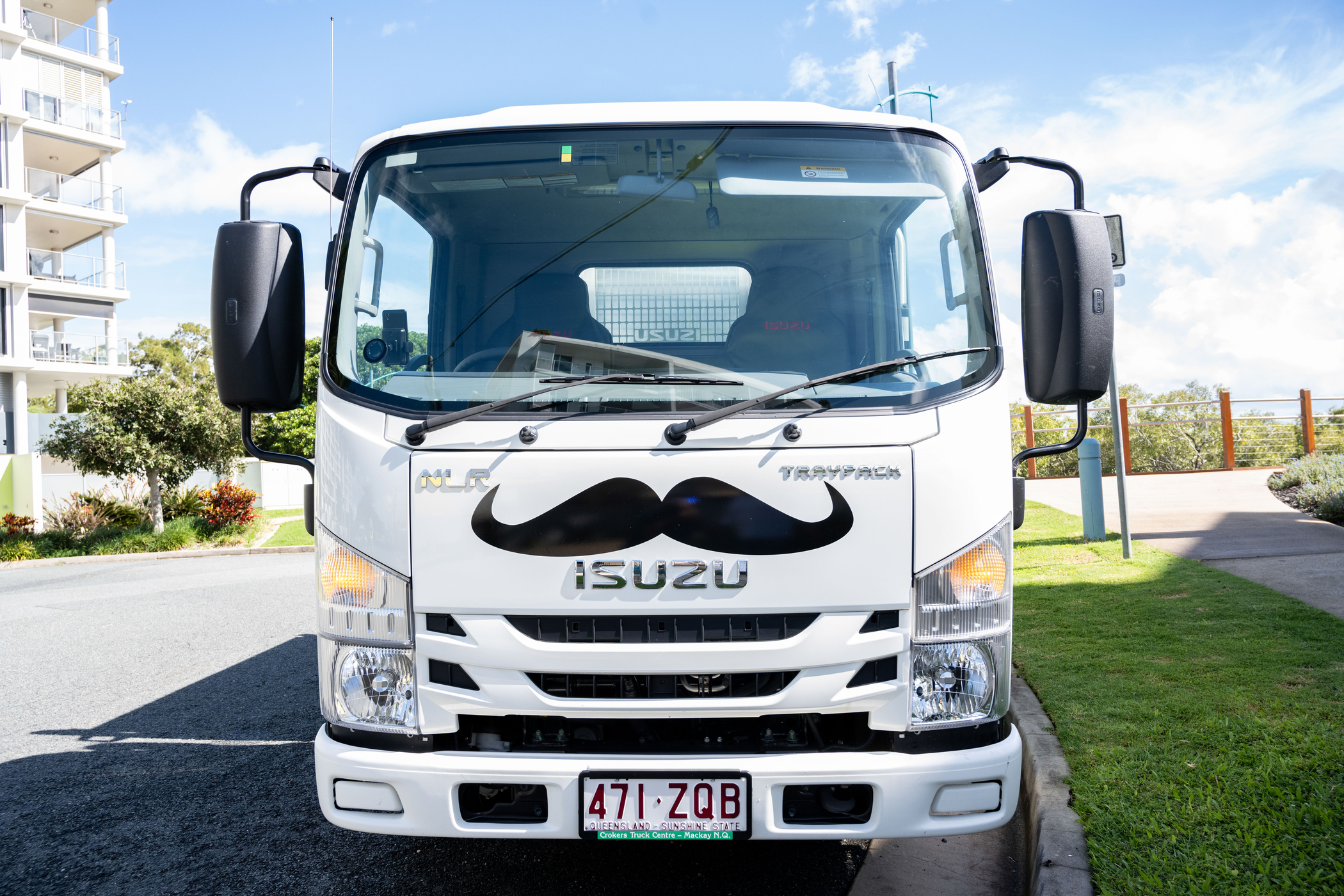DIMINISH YOUR FUEL COSTS (WITHOUT DIMINISHING YOUR DRIVING)

 In the battle of the bowser, the loser always appears to be the consumer. So how can we create a level playing field with the fuel behemoths without dusting off the old, rusty bike in the back shed? There are plenty of ways to lower your fuel costs but here are some interesting solutions and analysis of how well they could suit your operations.
Fuel consumption is an issue of growing importance for drivers and fleet managers to understand, with fluctuating fuel prices and the importance of lowering vehicle emissions a key challenge for the 21st century.
In the battle of the bowser, the loser always appears to be the consumer. So how can we create a level playing field with the fuel behemoths without dusting off the old, rusty bike in the back shed? There are plenty of ways to lower your fuel costs but here are some interesting solutions and analysis of how well they could suit your operations.
Fuel consumption is an issue of growing importance for drivers and fleet managers to understand, with fluctuating fuel prices and the importance of lowering vehicle emissions a key challenge for the 21st century.
Choosing wisely
Whether you’re an owner driver or a contractor making daily deliveries, many operators have been in the following situation: You’re driving along, fuel light blaring, and you see a service station but decide you can probably get a better deal somewhere down the road. It’s a risky strategy that can pay off or occasionally leave you hiking along the highway, jerry can in hand. But how can you save on fuel without wasting it driving around looking for cheap petrol stations? Fuel comparison apps may be the way of the future for the savvy motorist. They work well, but their major strength, for the time being at least, is also their biggest weakness. Local iterations of apps, like U.S giant GasBuddy, are growing in popularity in Australia as thrifty consumers – desperate to avoid the major fuel monopolies’ stranglehold on prices – decide to take matters into their own hands by naming the best prices and shaming the worst. The only downside with such a ‘power to the people’ idea is its heavy reliance on customers having the time and inclination to use the app to record pricing as they see it. And as every driver knows, in the wildly fluctuating world of petrol prices, information becomes out-dated as fast as you can enter your smartphone passcode. And while crowd-sourcing apps may work well in urban environments, they tend to disadvantage the already unfairly targeted regional Australian. Smaller populations mean there’s less of a crowd to jump on the fuel-app bandwagon and subsequently less pressure on outback servos to compete on pricing, not to mention the slower price cycles already existing in regional Australia. In summary, while these apps might be useful for smaller, owner-driver operations that don’t necessarily have to stick to rigid transport routes, their unpredictable nature may limit their feasibility both economically and practically for the larger intrastate fleets.Tackling the problem at its source
In order to slash fuel bills, following some simple techniques provided by new, innovative driver training programs may just provide the solution. They revolve around the mantra of educating drivers on vehicle operation techniques that tackle the root of the fuel consumption issue. Old habits die hard though, so reducing fuel consumption through changing your on-road behaviour is a bit more complicated than just reducing speed and maintaining a smooth driving style. Firstly, it’s useful to understand exactly how speed affects fuel consumption. Australian and European studies have found cars and light trucks travelling between 60 and 80 km/h tend to use less fuel than travelling at either above or below this range. Noticeably, they also use 50 per cent more fuel travelling at 120 km/h than at 88 km/h. While speed certainly has an effect on fuel consumption, it’s not the only source. Some tips for a smoother, and more fuel efficient driving style, include:- At take-off, make the change into second gear as soon as possible and then upwards into the higher gearing at one-third to half-throttle.
- Cruise control can save an average of 5 per cent more fuel than manually regulating highway speed – it’s worth considering at your next purchase.
- Think aerodynamics – applying Nosecones or Fuelscoops to your rigid fleet can make a huge difference to fuel savings. Some interesting testimonials from Australian supplier Aerotrans can be found here.
- Check tyre pressure. For every one PSI (Pounds per Square Inch) drop in tyre pressure fuel mileage drops by 0.4 per cent according to US government studies. Over an extended period of time, this burns a hole in your wallet.
- Engine speed should not exceed 2,000 RPM (or level of highest torque). The harder you accelerate the more fuel you're using.
- No unnecessary stopping or harsh breaking. Brake early and try to keep the vehicle rolling into traffic lights or intersections.
- Try to avoid engine idling where possible. Depending on the vehicle type, every 10 minutes of idling is costing you between 1/10th and 4/10ths of a litre of fuel.
- No “warming-up” time when a truck is first started. Unnecessary engine idling wastes fuel, and normally isn’t necessary in newer vehicles.
- Match traffic rhythms in order to avoid unnecessary or harsh, fuel-sapping braking and acceleration.
- Use the upper gears as much as possible in order to keep engine speeds down. By reducing engine speed, you’ll keep fuel consumption to a minimum during acceleration.
So how much will it save me?
Quite a bit, apparently. Proponents of the above methods have claimed saving up to 20 per cent of their overall fuel costs. Australian government studies tracking long journeys using the above methods found an average reduction of 13 per cent. Remember if each truck in your fleet does 50,000 km a year that can add up to a fuel bill of $15,000 per truck, so just improving the efficiency of your drivers by 10% could save you tens of thousands a year. Whether you’re an owner-driver, a contractor or a fleet manager, if you’re feeling the sting of high fuel prices, spare a thought for those living in Eritrea, the most expensive nation in the world to buy a litre of petrol. Thanks to constant shortages and fuel restrictions, Eritreans pay over $3.50 AUD a litre for petrol. Might be worth remembering the next time you’re sweating over your fuel bill.

Playtime’s over, get $3,500* to spend on extras.
If you’re ready to get serious about tackling bigger jobs, grab yourself an NLR 45-150 AMT SWB Traypack from the Ready-to-Work range for $62,990 drive away*. And to prove we aren’t playing, buy any NLR Traypack before June 30 and you’ll get $3,500* to spend on genuine accessories or an Essentials service agreement.
Learn more



